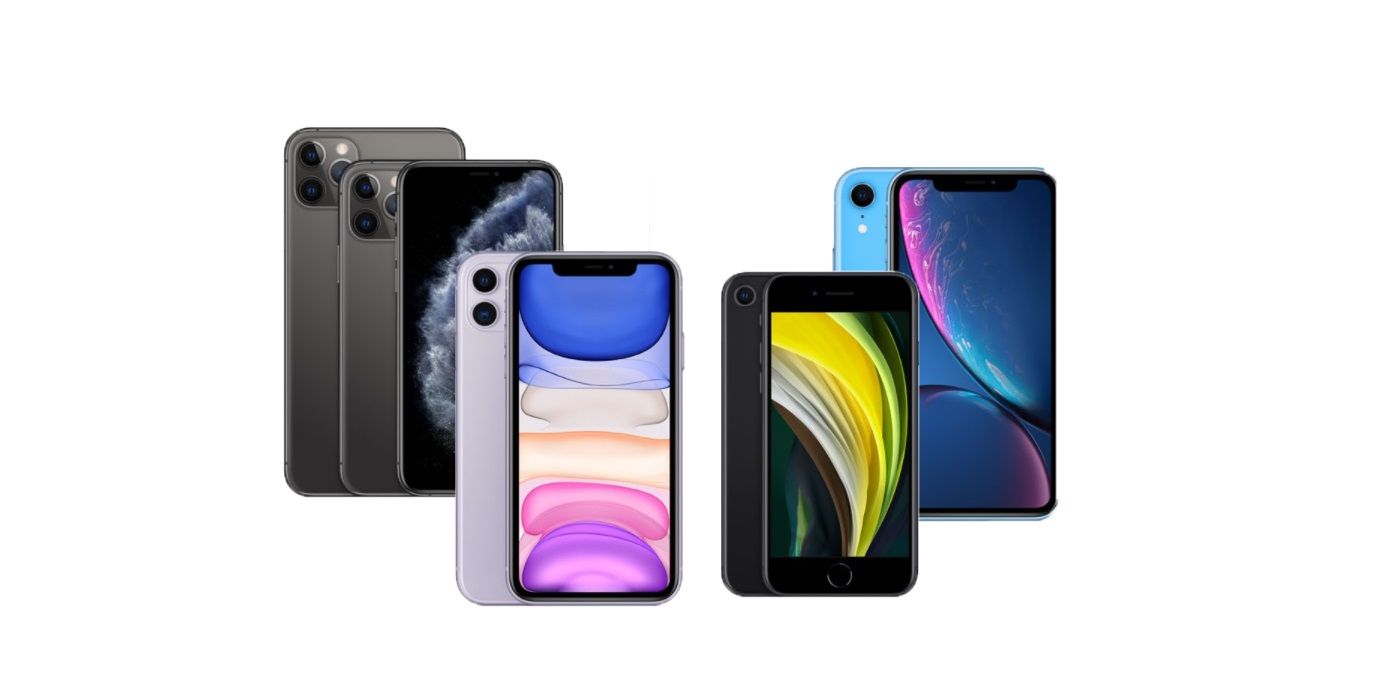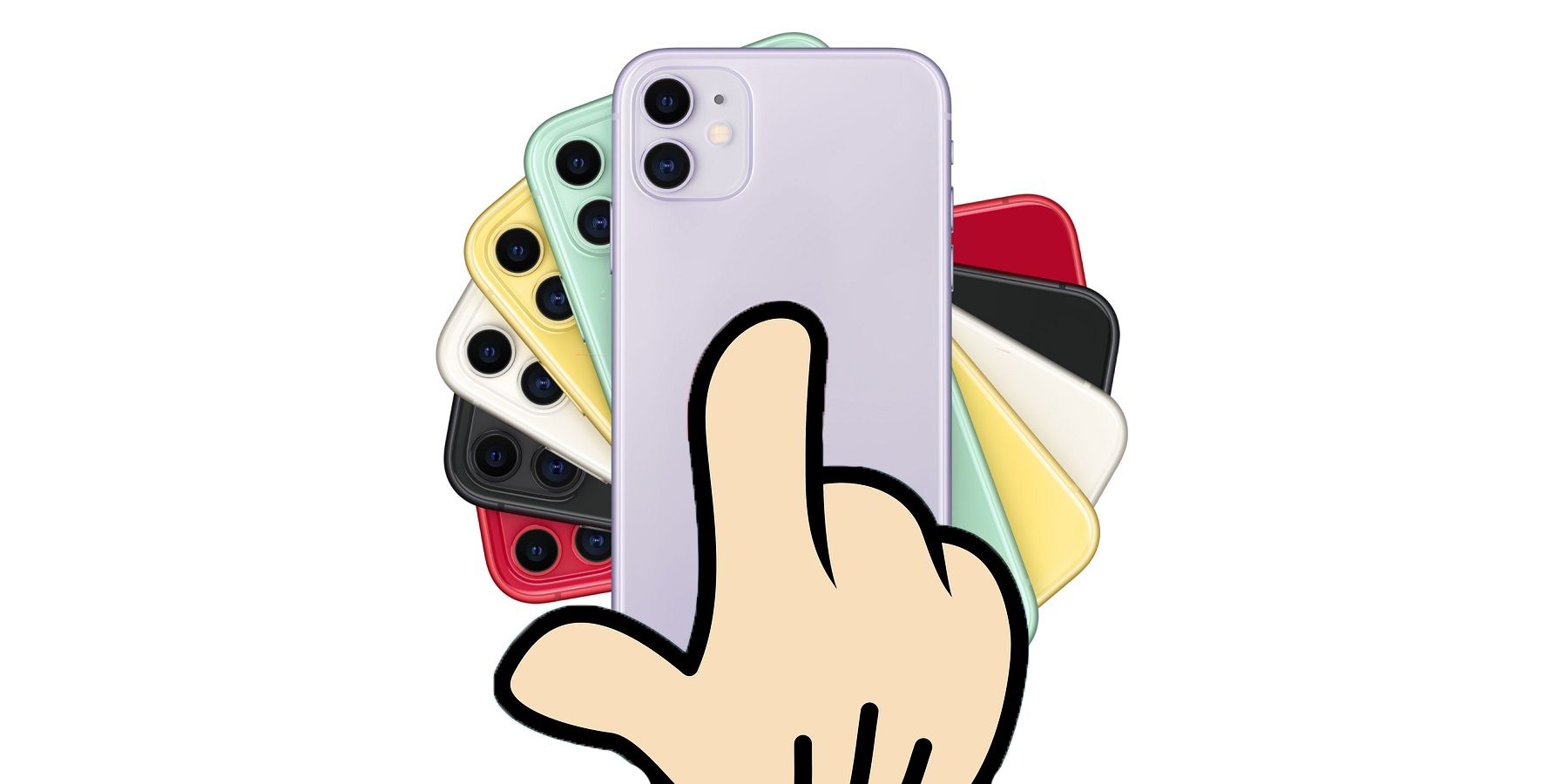Apple recently released its latest iOS update along with a number of new features, such as Back tap. iOS 14 is a much-anticipated software upgrade because it is the first time Apple redesigned the home screen since 2013. Most notably, iOS 14 introduces widgets of various sizes and the App Library; a page that organizes all of the user's apps into several categories at the end of the home screen.
While the visual changes are welcomed additions for iPhone users, iOS 14 includes several other features that can be very useful. This latest OS version also differs from previous years in the sense that the update introduces key features never seen before on iPhone. Furthermore, and although many of iOS 14's new features seem like Apple is trying to catch up with Android, iPhone users have one feature that is not native to Android: Back tap.
Back tap is an accessibility feature that performs tasks in a convenient fashion. A double or triple tap to the back of the iPhone will prompt a system action such as screenshot, App Switcher, and Home. Back tap can also perform accessibility actions like Magnifier, AssistiveTouch, and VoiceOver. The new feature is also customizable, allowing users to reconfigure between several actions.
Back tap is compatible with the following iPhone models:
- iPhone 8
- iPhone 8 Plus
- iPhone X
- iPhone XS
- iPhone XS Max
- iPhone XR
- iPhone 11
- iPhone 11 Pro
- iPhone 11 Pro Max
Back Tap Not Exclusive To Newer iPhones
Back tap is not exclusive to newer iPhone models as it does not require special hardware. Therefore the feature does work with iPhone 8 and newer models. iOS 14 is compatible with iPhone 6s and beyond, including the first-generation iPhone SE. However, models older than the iPhone 8 are not compatible with Back tap, due to the age of the sensors.
Back tap utilizes the gyroscope and accelerometer sensors to recognize the movement of the iPhone and the taps. Activating Back tap is similar for all models with users needing to navigating to Settings, then tapping on Accessibility, followed by Touch, and finally scrolling down to Back tap. The screen will show two options; Double Tap and Triple Tap. Selecting one of the options will prompt the user to choose an action from a list.
Most smartphone users like to protect their investment by using a phone case. This is especially true for iPhone buyers, considering they can retail for over $1000. Fortunately, Back tap works fine with a phone case, although a case featuring an extra layer such as a metal plate will likely hinder the iPhone's sensors from recognizing the taps. For users with an older iPhone, Back tap is a relatively small exclusion to a major update and overall, iOS 14 makes the iPhone more versatile and includes heavily requested features from users.
Sources: Apple


